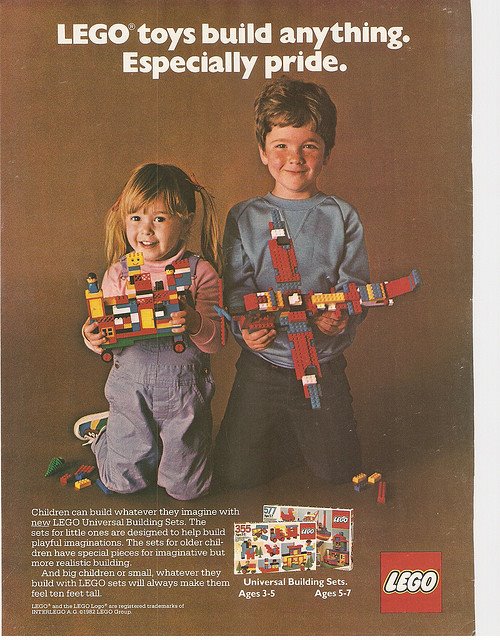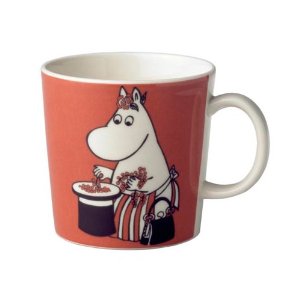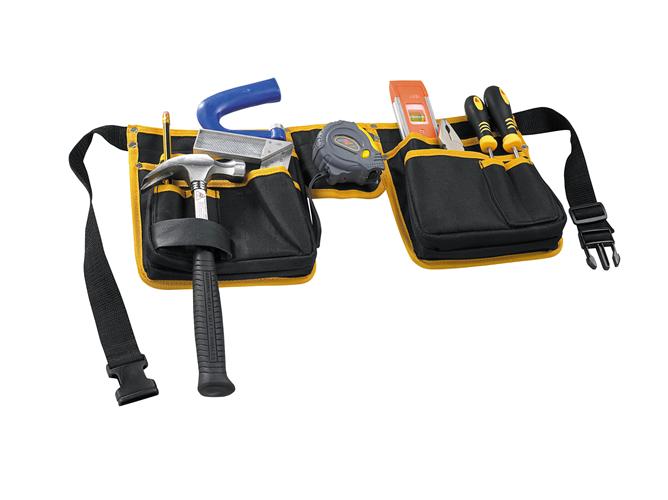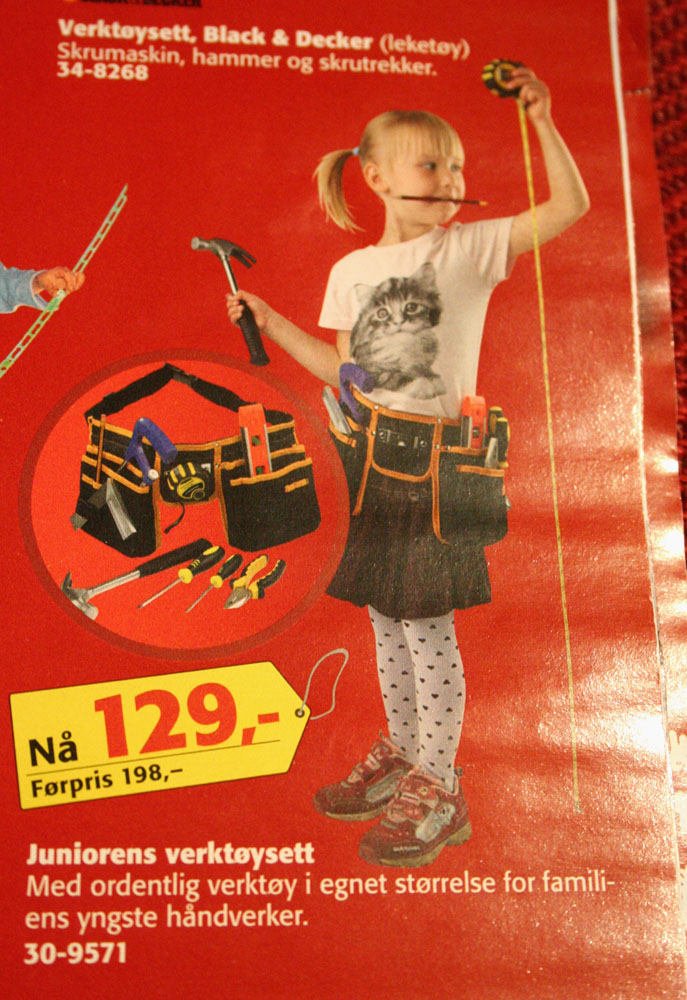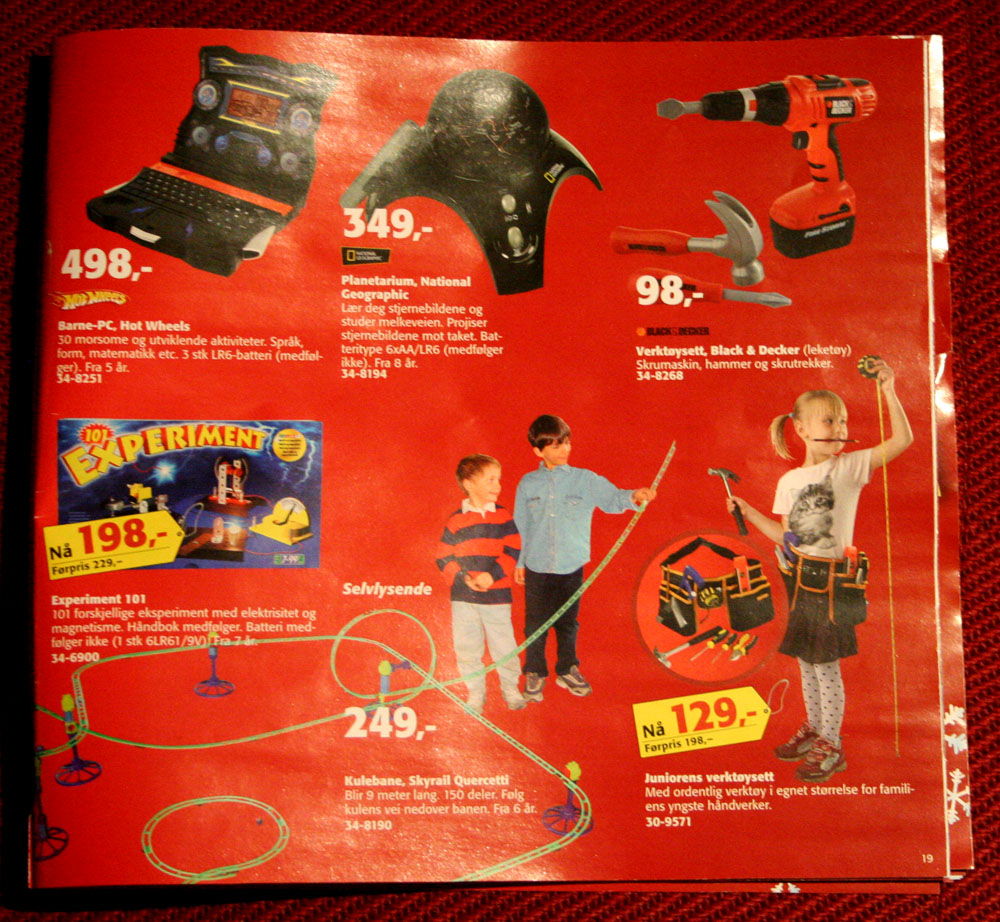Lego recently unveiled a new series aimed at girls: Lego Friends. Lego themselves unashamedly admit they have been marketing to boys for the last twenty or so years, and that now they are targeting the “other 50%”. They’ve redesigned the minifig, creating the minidoll, and have launched 14 sets to start with.
Some people are up in arms about it, some people shrug their shoulders and wonder what the problem is and some people recognise that gendering toys is not neccessarily ideal but why should Lego be the ones to take to the barricades, they need to make money after all?
I’m a bit torn, though leaning toward the “up in arms” faction, and I’ll try to summarise what I think is wrong (and also what I think is right).
Cons:
- The new minidolls: Firstly, they look like Polly Pocket rip-offs. The fact that they are “curvy” and have “breasts” (yes, they do, not cup size DD mercifully, but still) is problematic for a whole host of reasons, but ok, they’re not too bad as these things go. However: Yes, women have breasts. Girls don’t. At last not girls in the target age for these sets. In fact, it’s quite difficult to tell boys and girls apart before puberty if they are wearing “neutral” clothes and hair styles. But I guess these “Friends” are supposed to be grown up? In which case is perhaps having a tree house a bit weird? Mostly they seem a bit confused in terms of age, actually.
- What I notice though, is the lack of male minidolls. What, the five girls live all alone as humanoids on a planet otherwise inhabited by yellow-skinned, hard-cornered aliens? Where’s Ken?
- Another point about the new minidolls is that apparently the legs can’t be posed separately and the hands can’t be turned, seriously limiting the number of activities the girls can take part in compared to minifigs (and compared to Playmo figures, for example, whose hands can turn when they need to hold the handlebars of a bike). This is both Not Good because it limits play and Not Good because it feeds into this whole “girls should be watchers rather than participators” thing, though I’m (reasonably) sure the latter wasn’t what the designers intended and it’s just a “natural” limitation in the way they are designed. (Natural, but not unavoidable, I’d say.)
- The colours: Yes, little girls like pink (this is – overwhelming evidence suggests – because they’ve been conditioned to like pink, but still, they do). And the colours as such aren’t a problem on their own, except in as much as “normal” colours are missing from the series. Unless your neighbourhood has been painted pink as a stunt from Mattell (yes, it happened, google it) you are unlikely to find a whole community made up of pastel-coloured houses. The idea that lego bricks have to be pastel coloured for girls to play with them is ridiculous.
- The set themes: I’ll give Lego credit for the Inventor’s Workshop and, grudgingly, for the tree house, but they are a bit like the token minority actor in a sitcom: Including one black character doesn’t make your show “not racist”. The sets are overwhelmingly embarrasingly stereotypishly “girly” and this is Not Good.
- Talking about “not racist”, the five friends include the token minority characters. Naturally. Hang on, I went back to have a better look at them. I assumed Emma was supposed to be generic-asian and Andrea was supposed to be generic-of-african-decent, but now I see they both have green eyes. That’s just weird.
- What do you mean “the other 50%”? Has it escaped your attention that girls already play with lego? Not all girls, by any means, but do ALL boys play with lego?
- If you’re a boy and you would like a beauty parlour set (or a tree house, for fuck’s sake), are you allowed to buy one? Ok, no matter how it was packaged I imagine some parents would balk at buying a beauty parlour for their son, unfortunately, but if it was just another Lego City set wouldn’t the chance have been greater? Even keeping the Friends series but adding a few male mindolls and NOT trumpeting “Lego for GIRLS! FINALLY!” would be a huge step in the right direction.
- Following on from that: If you sell a girl a beauty parlour in the Lego City series, perhaps the next thing she wants is the hospital. And then the police station. And then the construction sets so that she can pretend to build more beauty parlours (if you insist, though I’d rather build a mad scientist laboratory or something). Wasn’t “selling more Lego” your goal, or have I misunderstood?
- Once upon a time Lego was marketed to “kids”. What happened?
Pros:
- I quite like the minidolls to be honest. Yes, there are major issues with WHY they were designed at all, but I quite like the result (except for the lack of mobility). I hope they realise quite quickly that they need to include some male characters as well, though.
- New sets. More parts being made in more colours. Yay! And the diner is quite nice.
- Uhm. That’s it.
So. I think we’ll call it a FAIL. Which doesn’t mean the kid might not end up with some of these sets, in among all the other Lego (Toy Story Lego has been a favourite with both mother and kid so far, and they LOVE Cars).
